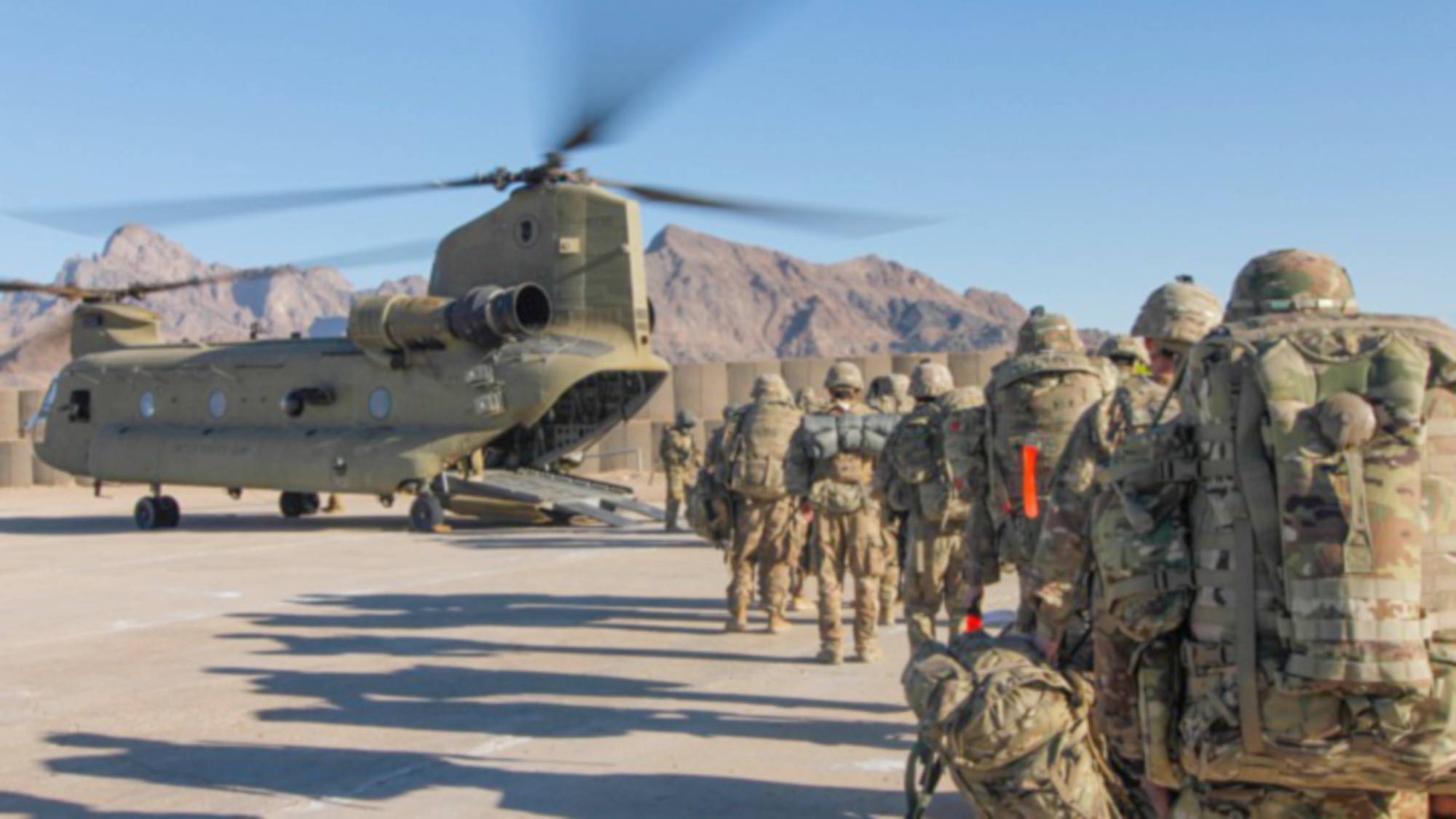By Ryan Crocker
In 2008, Congress established the Office of the Special Inspector General for Afghanistan Reconstruction (SIGAR) to investigate waste and fraud in the war zone. In the past week, The Post has published an account, “The Afghanistan Papers: A Secret History of the War,” based on more than 2,000 pages of SIGAR interviews the paper obtained through the Freedom of Information Act.
From the headlines, a reader could not be blamed for thinking that Afghanistan is a wall-to-wall disaster for the United States, another Vietnam about which we must admit defeat and get out. Yet, for anyone who has been paying close attention, there are a few surprises here. Having served twice in Afghanistan, as chargé d’affaires and as U.S. ambassador, I have a particular interest in this story.
But I acknowledge that I’m not even close to having read all the interviews. I gave the document what is known inside the Beltway as “a Washington read,” looking for references to me. The main ones are two interview transcripts totaling 95 pages. I don’t think I gilded many lilies in talking about Afghanistan, whether in public comments or during my interviews with SIGAR.
But regarding Afghanistan, I have also been inclined to see the glass as half-full the missteps, mistakes and bad decisions notwithstanding. Part of this involves perspective. Mine has its roots in the beginning of our efforts in early 2002. When Hamid Karzai was appointed chairman of the Afghan Interim Authority, he had nothing to work with. No institutions, no accepted or enforceable body of laws, no army, no police, no economy.
There were 900,000 Afghan children in school, all of them boys. One of the first things we did after the fall of the Taliban was to open schools for girls. In January 2002, I took our first congressional visitor, then-Sen. Joe Biden, the chairman of the Foreign Relations Committee, to visit a class of first-grade girls. They ranged in age from 6 to 12; the older girls reached school age after the Taliban came to power and eliminated female education.
When I left Afghanistan as ambassador in 2012, 8 million Afghan kids were in school, a third of them girls. Does that sound like a disaster? The United States’ mission in Afghanistan has involved complex issues that don’t lend themselves to bumper-sticker solutions. For instance, I warned as did many others against pursuing major infrastructure projects.
The landscapes of Afghanistan and Iraq are littered with the bones of infrastructure projects that were great U.S. ideas but had no local buy-in, were too sophisticated for the host country and could not be operated, let alone maintained. But it’s complicated. I could see in early 2002 that for badly needed non-infrastructure initiatives to progress such as education, health care or the revitalization of an agricultural economy infrastructure in the form of roads was essential.
So we built roads. Unfortunately, we didn’t identify or set aside funds to maintain them. Corruption was, as The Post’s article indicates, a huge problem in Iraq and Afghanistan. This is hardly a revelation the Kabul Bank scandal, involving the pilfering of about $1 billion, was public knowledge within months of the bank’s collapse in 2010. The hard truth here is that when major resources flow into a country without institutions, rule of law or accountability mechanisms, corruption is virtually guaranteed.
The solution? Slow the flow of resources to a level where controls are possible. But that is difficult, too. Much of the logistical support for the U.S. military is outsourced to contractors. We may be able to go to war without them, but we can’t sustain a war that way. One problem with the effort in Afghanistan is the critical issue of structure and organization on the U.S. side. Much has been said over the years about civilian-military cooperation, but little has been done to institutionalize it.
In the field, I was fortunate to have as military counterparts some of the finest men ever to wear the uniform: Army Gens. David H. Petraeus and Ray Odierno in Iraq and Marine Gen. John R. Allen in Afghanistan. But our cooperation was a function of personalities, not playbooks. And, sometimes, the personalities don’t work out. Let’s be clear. We came to Afghanistan and remain there now for one essential reason: the United States’ national security.
These SIGAR interviews are about what contributes to that end and what doesn’t. I have argued that a better life for people in a misgoverned country is an essential part of that effort. It is also about American values. What is it, exactly, about nation-building that we must avoid at all costs? Does it extend to looking in the eyes of a hopeful Afghan girl of kindergarten age and saying, “Sorry, kid. You’re on your own”?
The Post has assembled a significant set of documents. It is an amazing exercise in investigative journalism. Perhaps a next step could be analyzing the hard lessons so many of us have learned in that hard place. I have mentioned just a few. That could be the start of a national conversation on the proper role of the United States in dealing with extraordinarily complex contingencies. Those would be Afghanistan Papers well worth reading from beginning to end.
Ryan Crocker was the U.S. ambassador to Afghanistan in 2011-2012. He is a diplomat-in-residence at Princeton University.


